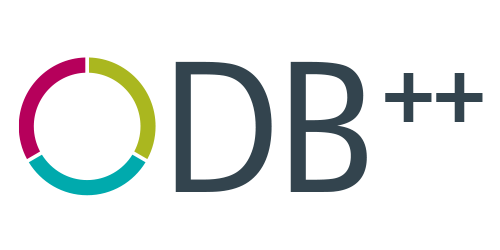ODB++Manufacturing is an active standard, and one we review and update based on feedback from all users. I would like to update you all on some of the most exciting updates we have made for ODB++Manufacturing over the last few months. As always, more details can be seen inside the specifications, but that gets a bit technical. Sometimes the background to changes, the value they bring, how they help, are also interesting. I want to share this aspect with you.
We have improved the support in ODB++Manufacturing for reflow oven data. We all know thermal processes are critical. The standard now covers all the detailed measurements that manufacturers are capable of capturing. This includes of course temperature, but also parameters such as conveyor speed, fan speed and recipe details. Several companies, including Siemens are already seeing valuable use cases for combining oven data with the existing data richness of ODB++M. One of the first areas Siemens has been involved in is compliance, where customers need to maintain detailed records of product traceability. By already working with the ODB++M standard, the task of adding oven data to these kind of records, has been substantially simplified for software engineering teams.
The ability to prepare advance “offline” setups for SMT pick and place equipment, is an important function in many modern factories. We have improved the support in ODB++M for identifying the trolleys or carts used in these flows. This might seem a small detail, but details are important and being able to identify if material is located in an offline area can be critical, especially if you are using this data to manage delivery of material to your lines.
The last area I would like to mention, is improved support for control of marking and labeling processes. To be able to fully automate the serialization of products, clear data integration with marking equipment is key. This includes equipment such as laser markers and labeling machines. ODB++M now includes this support, allowing for example an MES system to provide the right serial numbers for each product, at the right time, and of course being agnostic to the type of equipment, with integration being standardized for all ODB++M users. I hope this gives a quick overview of some of the recent activity in ODB++Manufacturing. I want to remind you the most valuable changes often relate to a real world scenario you can see from within your production environments. If you have ideas, big or small, and believe a change makes sense, don’t hesitate to get in touch. Our job in Siemens is to listen and understand your needs.

